Recent Blogs
Going Big with The Axopar 45
March 11, 2022
How to get the most out of your boat
March 8, 2022
Tarpon time in the Florida Keys
March 8, 2022
Archives
Categories
- Everything Else (28)
- Apparel (9)
- Boating (191)
- Boat Show (5)
- Yacht Tenders (15)
- Charity (1)
- SUP (10)
- Customer Service (1)
- Yacht Toys (8)
- Events (3)
- Places (1)
- Fishing (22)
- Kayak Modding (1)
- Marine Training (1)
- Land Toys (0)
- Watersports (1)
- Amphibious (1)
- Toys (4)
- Submersible (1)
- Propane Gas Engines (2)
- Kayak Fishing (6)
- Diving (1)
- Docks (2)
- Boat Accessories (4)
- Safety (3)
- Kayaking (14)
- New products (3)
- Boat Service (2)
- Engines (32)
- Sailing (1)
- Yacht Brokerage (1)
- Brokerage (1)
- Kayak (1)
How to Prepare Your Boat for a Hurricane
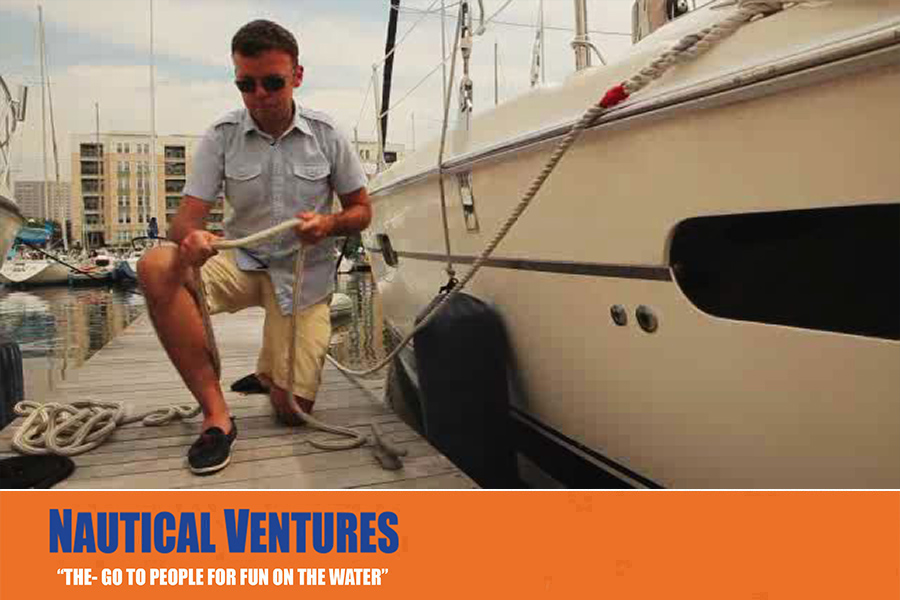
It’s Tuesday, October 4th and Hurricane Matthew, a category 4 monster, will be knocking on our door in two days. Our dealerships in Fort Lauderdale, North Pam Beach and Riviera Beach are busy implementing a storm plan to protect our boats and property. This got us thinking… do you know how to properly protect your boat in the event of a hurricane? Here are a few tips, courtesy of some of the best minds in the industry.
Before the Storm Hits
• Make sure your plan includes a list of equipment and supplies needed to carry out your plan.
• Arrange for a reliable person to learn and carry out your plan if you are out of town during a storm.
• Check your marina or storage area’s lease or rental agreement and know your responsibilities and liabilities as well as the marina or storage area’s responsibilities.
• Determine how long it will take to remove valuable equipment from the boat so you will have an accurate estimate of time and effort involved.
• Check with your state to see if drawbridges will be open for boats during evacuation procedures.
• Make a practice run to check accessibility, depth of water, bridges, location of aids and/or obstructions to navigation and locations to secure lines or drop anchors.
• After you have made anchoring or mooring provisions, remove all movable equipment such as canvas, sails, dinghies, radios, cushions, Biminis, etc. Lash down everything you cannot remove, such as tillers, wheels, booms, etc.
• Seal all openings to make the boat as watertight as possible (duct tape works well).
• Turn off electrical system unless you plan to leave the boat in the water. If the boat is not to remain in the water, remove the battery to eliminate the risk of fire or other damage.
• If time allows, remove your boat from the threatened area or take your boat to a previously identified hurricane refuge.
• Keep all documents, including insurance policies, a recent photo or video of your watercraft, registration, equipment inventory, lease agreement and telephone numbers of appropriate authorities (harbor master, coast guard, insurance agent, national weather service, etc). Store these documents in a safe place, somewhere other than your boat.
For Smaller, Lightweight Boats
• Determine what you need to do to load and haul your boat to a safer area.
• Be sure your tow vehicle is capable of properly moving the boat.
• Check the condition of your trailer tires, bearings and axle. Too often a flat tire, frozen bearings or broken axle prevent an owner from moving a boat.
• Once at a safe place, lash your boat to the trailer and place blocks between the frame members and the axle inside each wheel. Owners of lightweight boats may wish to consider letting out about half the air in the tires, then filling the boat one-third full of water to help hold it down. The blocks will prevent damage to the springs from the additional weight of the water. Consult with the manufacturer for the best procedure for securing your lightweight boat.
For Boats in Dry Storage
• Determine the safest obtainable haven for your boat and make arrangements to move your boat there. When selecting a safe location, be sure to consider whether storm surge could rise into that area.
• Wherever you choose to locate your boat for the duration of the storm, lash the boat to its cradle with heavy lines. Based on the weight of the boat, consider adding water to the bilge to help hold it down.
• Never leave a boat in davits or on a hydro-lift.
For Boats Remaining in Marina Berth
• Double all lines. Rig crossing spring lines fore and aft and attach high on pilings to allow for tidal rise or surge. Make sure lines will not slip off pilings. Inspect pilings and choose those that seem the strongest and tallest and are property installed. All storm lines should be at least one size larger than regular lines.
• Cover all lines at rough points to prevent chafing. Wrap with tape, rags or rubber hose, etc. Install fenders to protect the boat from rubbing against the pier, pilings and other boats.
• Assess the attachment of primary cleats, winches and chocks. These should have substantial back plates and adequately sized stainless steel bolts.
• Batteries should be fully charged and checked to ensure their capability to run automatic bilge pumps for the duration of the storm. Consider backup batteries. Turn off all other devices that use electricity.
• Do not stay aboard your boat!
Moving Your Watercraft
If your plan calls for moving your watercraft, try to move it at least 48 to 72 hours before the hurricane or storm is estimated to strike the area. This may even be before a hurricane watch is issued. Make sure that:
• Fuel tanks are full.
• Fuel filters are clean.
• Batteries are charged.
• Bilges are clean.
• Cockpit drains are clear and open.
• Firefighting equipment is in good condition, in place and readily accessible.
Remove and/or secure all deck gear, portable gear, radio antennas, outriggers, fighting chairs, deck boxes, bimini tops and side canvas/curtains, sails, booms, dorades, extra halyards, canister rafts, and dinghies. Make sure that you secure all hatches, ports, doors, lazarettes and sailboat rudders. The dinghy may be required to take lines ashore.
Enhance the watertight integrity of your boat, both above and below the water line. Seal windows, doors and hatches, if necessary, with duct tape. Shut sea cocks and cap off or plug unvalved through-hull fittings, such as sink drains.
If your watercraft is moored at a dock on a canal, river, or in a marina near the ocean, it is possible that with an additional 5-10 foot or greater storm surge the vessel could take a beating against a dock or even impale itself on the pilings. The best offshore mooring location for a vessel to ride out a storm is in the center of a canal or narrow river where at least doubled mooring lines can be secured to both shores, port and starboard, fore and aft. Do not raft vessels together at moorings or docks, especially if larger and smaller vessels are involved. The probability of damage to the vessels is greater than if they are moored separately.
If the vessel must remain dockside at a private dock or marina, heavy duty fender boards (2x6) should be installed on a bare wood center piling to prevent damage. Lines should be doubled and even tripled where necessary to hold a vessel in the center of a berth or off seawall or dock pilings. Preventers should be installed at the top of the pilings so lines cannot slip off the top.
When it comes to boat safety, Nautical Ventures has been serving the South Florida market for over 30 years. We’ve been helping boaters in Palm Beach County, Broward County and Dade County get on the water to enjoy trouble-free boating. We service everything they sell and we are factory trained to warranty everything we carry.





Sign up for Nautical Ventures EMAIL UPDATES & PROMOTIONS


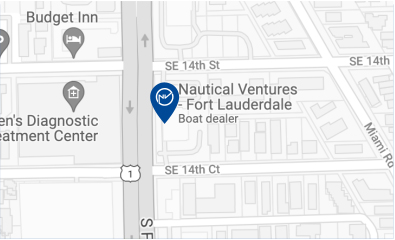



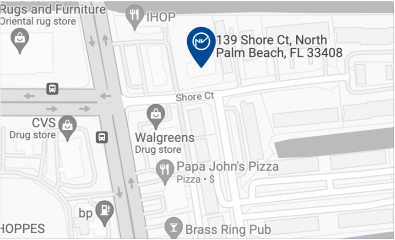

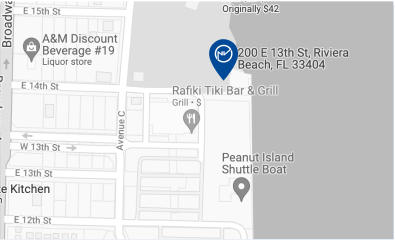





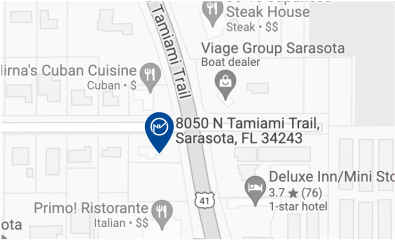



Comments